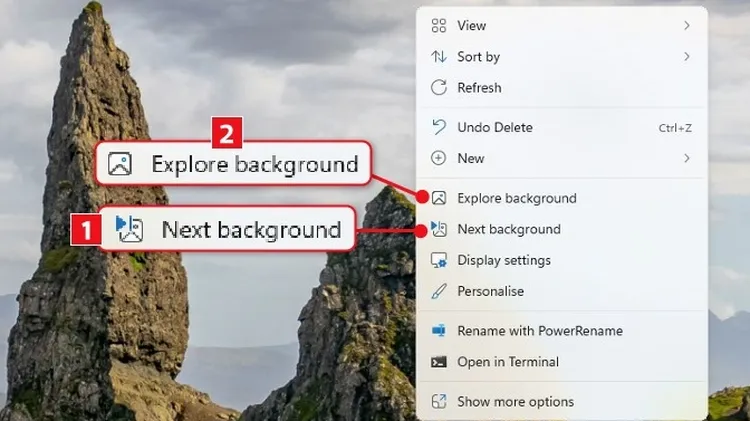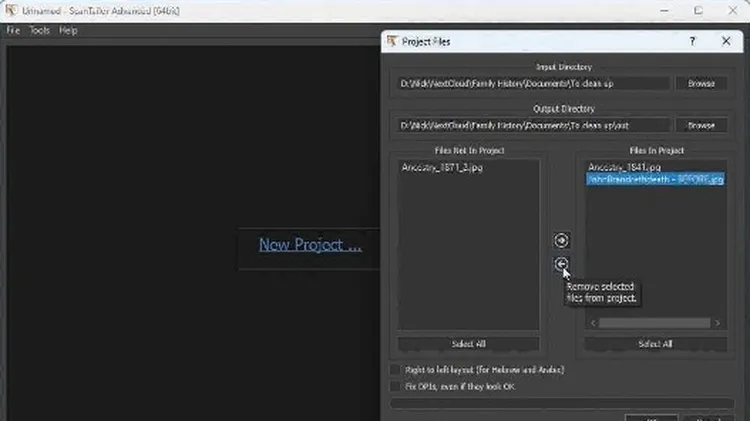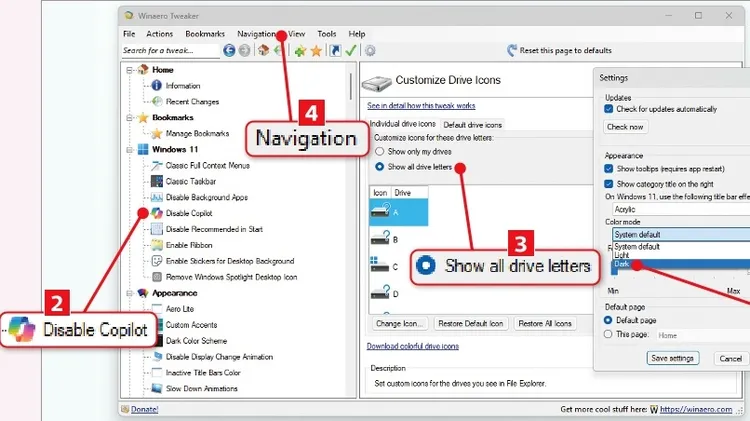What you need: Windows 10 or 11 Time require
How to...list and find files using command prompt
7 min read
This article is from...
Read this article and 8000+ more magazines and newspapers on Readly






